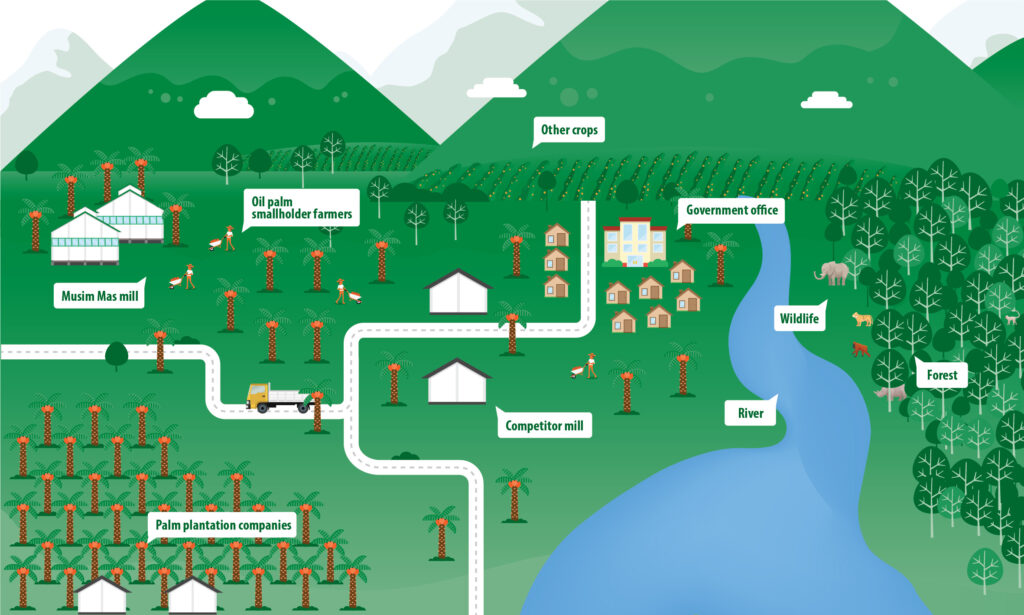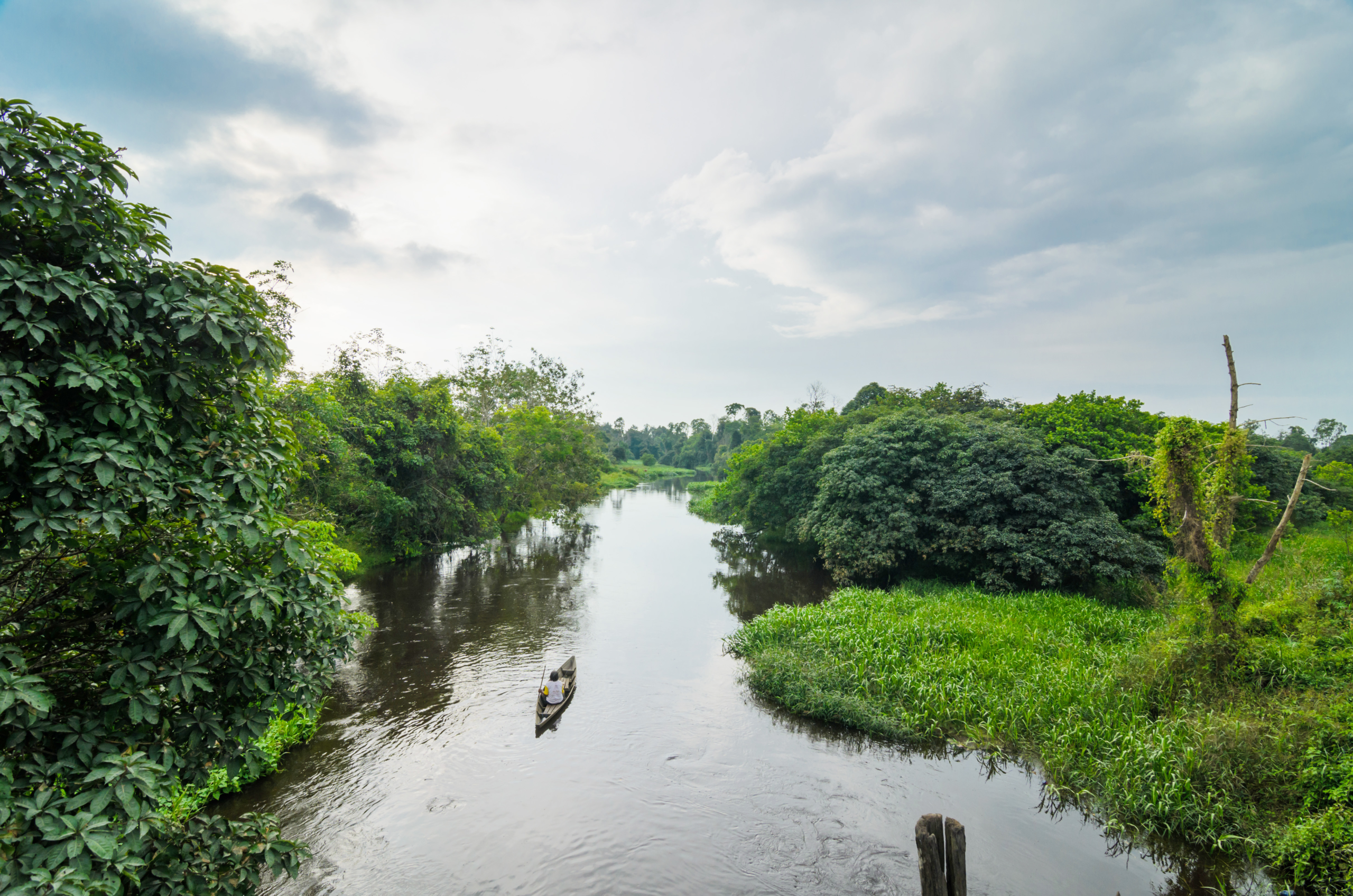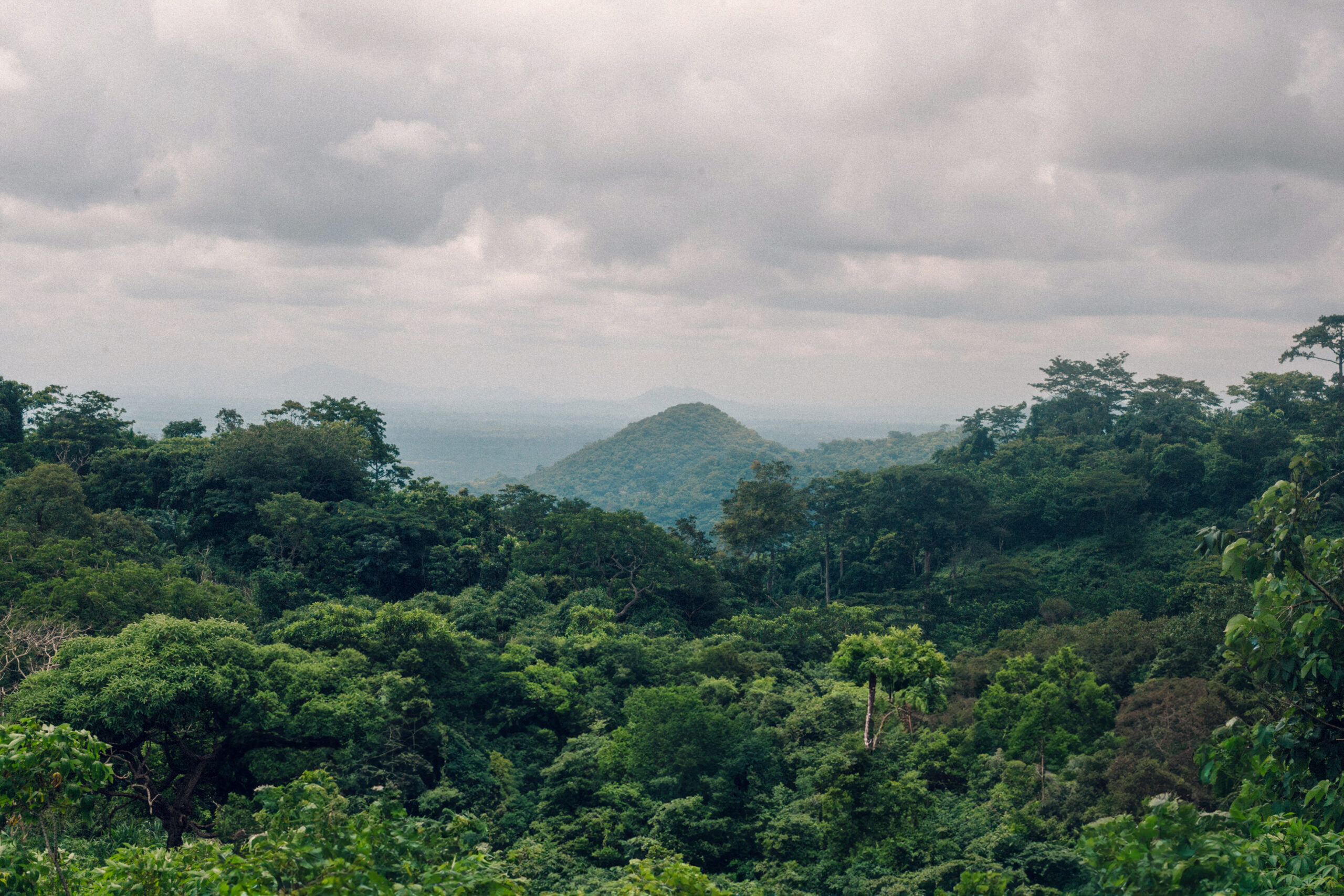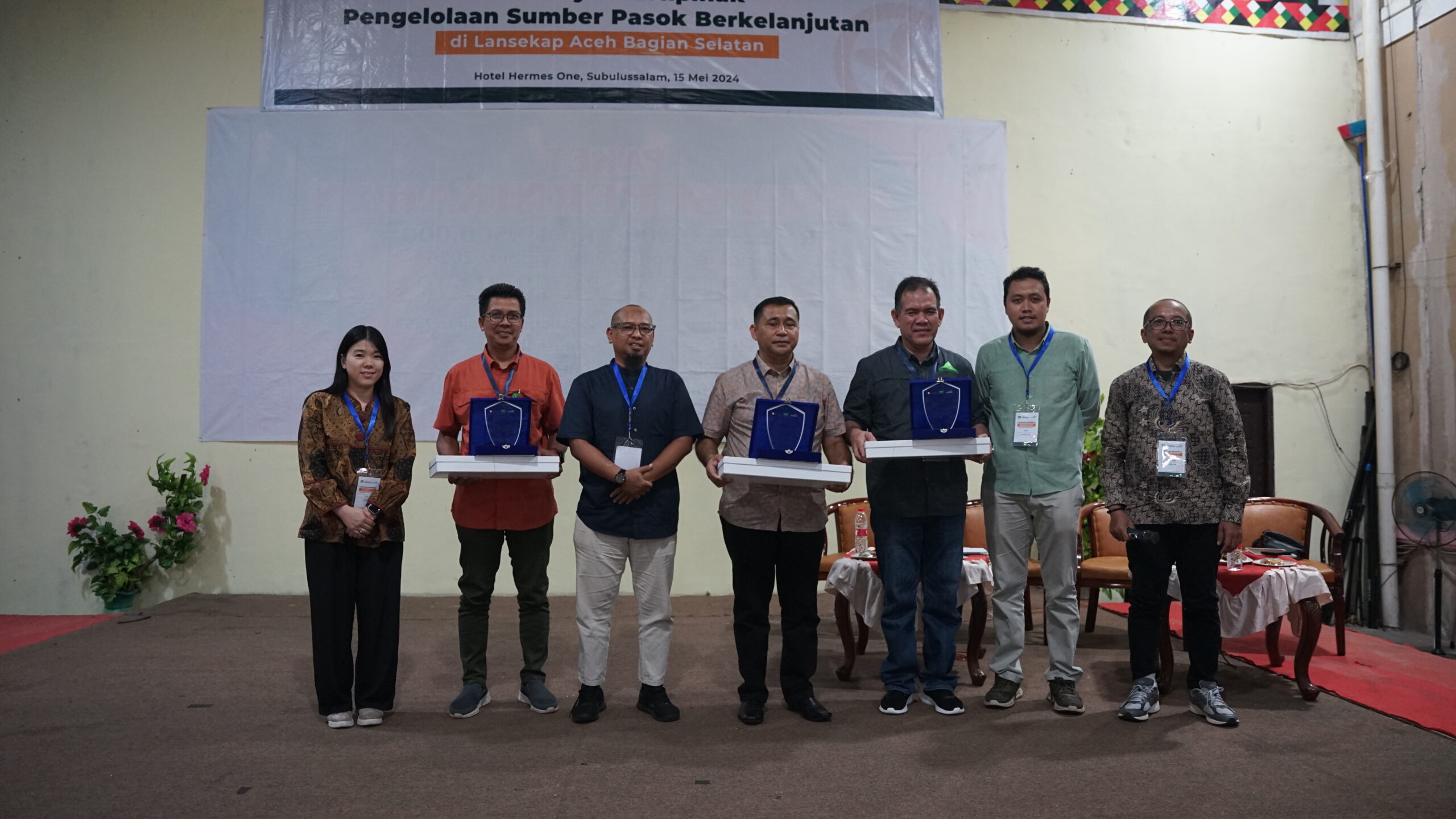Sustainable landscape management or Landscape Approach has been a major topic of national and international policy discourse in recent years. This article will explain what are Landscape and Jurisdictional Approaches.
What is Landscape Approach?
Landscape Approach is a holistic and integrated management framework gaining momentum through coordinating sustainable land use goals over a specific subnational area or landscape area.1 It is seen across the industry, sectors, and government levels as an efficient way to achieve tangible and lasting transformation through a coordinated response in the landscapes we operate in.
What is a Landscape exactly?
In ecology, landscapes mean large areas of diverse and interacting ecosystems, such as forests and rivers. In the context of Musim Mas, the Group’s concept of landscapes also includes social system patterns such as land tenure system, legal land-use systems, cultural beliefs, and natural resource use and practices.
How is Landscape Approach practiced?
In practice, a landscape approach is a collaborative effort among multiple parties to implement conservation on a landscape level. It is usually headed by a lead organization or agency, along with other partners such as NGOs, private sector players, and government agencies, working on a common goal to move forward. With smart collaborations, groups with different perspectives can turn the world’s most efficient oil crop into a model of sustainable development.
The landscape approach represents the next step beyond the existing traceability work, building upon the latter’s efforts. The Group’s traceability work on the third-party supply chain has shown that verifying third-party compliance against the Group’s Sustainability Policy may not be sufficient. A stop-purchase will not always yield positive results because Fresh Fruit Bunches (FFBs) can be sent to other mills within geographical proximity. Furthermore, there are actors from other industries within the same landscape, such as forestry products or mining. Traceability does not adequately address the environmental challenges.
The industry is looking at various landscape models for conserving large, ecologically valuable landscapes and the wildlife that depends on these landscapes – a model that will combine private and public resources with a commercially viable approach to secure land, restore wildlife and benefit people.

How does Landscape Approach relate to Jurisdictional Approach?
One example of an industry initiative based on the landscape principle is the Roundtable on Sustainable Palm Oil (RSPO)’s Jurisdictional Approach. To scale up current certification efforts, RSPO is looking at certifying palm oil production based on provincial landscapes instead of company level, emphasizing on High Conservation Values, High Carbon Stocks, and other elements.
Challenges of Landscape Approach
Nonetheless, the landscape approach has its challenges. While identifying ecosystems in need of conservation and engaging private organizations are part of the journey, the real challenge is to devise initiatives that operate within the constraints and opportunities of the landscapes. There is no set formula for a landscape approach, as every landscape provides its own characteristics and challenges.
Its abstract nature is also its strength; as the Centre for International Forestry Research has rightly pointed out: “It is about muddling through and being flexible enough to adapt to change.” To this end, Musim Mas will work with other palm oil players to scale up conservation efforts via the landscape approach and ultimately hope to provide real protection for ecologically valuable landscapes.
We have recently revamped our Landscapes Webpage.









